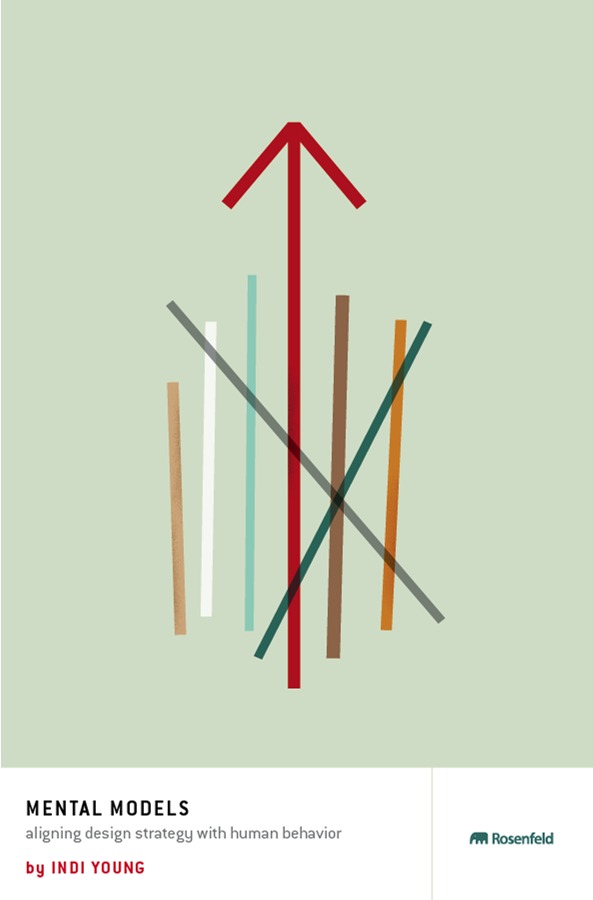
It’s not simple
Complex systems are beautiful. And powerful. They support all the players within the system.
Right now, our rules-based systems do not evolve nor flex to support everyone. Machine learning has no ethics. Big data only predicts big crowd behavior.
UX is created for individuals. Help your team shift their mindset to build complex systems in support of humans and the non-humans & environment.
As a field, product creators have been trying to get organizations to focus on being human-centered. This effort has always struggled against business aims of more growth, more market, more “users,” or more profit each year. The two mindsets don’t mesh. Re-centering on people’s purposes is a way to actually serve these business goals. The opportunity map shows current gaps to fill in over the coming years. You can see gaps in how your solution supports people, by “tower” in the mental model diagram, by thinking style, and by lens (interior cognition caused by discrimination, physiology). You can benchmark these gaps by level of support (weak, good) or harm (mild, serious, severe, systemic), and going forward you can track improvements to your solutions in these benchmarks. Filling in gaps provides paths toward growth.
In a nutshell, the mindset shift is to move toward thinking as a person addressing a purpose.
There is a lot here. It’s powerful. It begins with listening deeply and developing cognitive empathy. Help your organization embrace ambiguity and treat humans as complex beings with agency.

The opportunity map is laid out a bit like a city skyline. The city skyline is made up of towers with windows in them. Each window represents a summary of inner thinking or an emotional reaction, or a guiding principle (interior cognition) of people as they address their purpose. The patterns that form these towers emerge from qualitative data of listening sessions that were all framed by that same purpose.
(This is abductive research that shows the complex systems running through people’s minds as they address that purpose. Why abductive? Because it’s about understanding people addressing their purpose, not about understanding interactions with our solutions, not about generating new solution ideas. You will get there, but first you need this knowledge to be able to support a greater diversity of humans.)
The tower patterns often form into city blocks, and sometimes those city blocks form into neighborhoods. It depends upon the breadth and richness of what we are hearing in the listening sessions.
When patterns of thinking styles appear in the same data, then we can layer these thinking styles on top of the windows in the towers, allowing product strategists greater resolution into what parts of their solutions are intended for and successfully support different thinking style approaches to the purpose. This is also where you layer on lenses where interior cognition has been caused by ignorance or lack of intention in your solution, which results in discrimination and other harmful experiences.
The city skyline is also called the “mental model diagram” about that purpose.
Below the city skyline are the capabilities present in the solutions your organization has created. Aligning these capabilities beneath the towers forces your organization to see from a human perspective. The gaps, weaknesses, and unintentional harms that result are easy to identify.
The difficult part is prioritizing which of the different opportunities to provide better support are of importance to the organization right now. That is where product strategists and stakeholders can collaborate on initial direction and get started on the journey toward intentional human support. Of course, you and your stakeholders need to trust each other, first.
Books

Time to Listen – 2022
Want to build more innovative, less biased products? Solutions that help, not harm? Start by making time to listen. “Time to Listen” is about how to use deep listening to begin healing the broken relationship between business and people.
The book is available from several channels: order a paperback through your local bookstore, purchase on Amazon (paperback or Kindle), or order other ebook formats on Draft2Digital.

Practical Empathy – 2015
Conventional product development focuses on the solution. Empathy is a mindset that focuses on people, helping you to understand their thinking patterns and perspectives. Practical Empathy will show you how to gather and compare these patterns to make better decisions, improve your strategy, and collaborate successfully.

Mental Models – 2008
There is no single methodology for creating the perfect product—but you can increase your odds. One of the best ways is to understand users’ reasons for doing things. Mental Models gives you the tools to help you grasp, and design for, those reasons. Adaptive Path co-founder Indi Young has written a roll-up-your-sleeves book for designers, managers, and anyone else interested in making design strategic, and successful.
Recent Presentations
Engagements Archive … More on YouTube
(you can search for transcripts noted in the archive)
Designing a Human Rhythm in a culture of infinite growth and productivity
Listening Deeply: Supporting a Variety of Thinking Styles
Supporting a Variety of thinking Styles, via Listening Deeply
Empathy Book Authors Summit
Measuring Value for People, via Listening Deeply
There's More Than Enough in The Gaps
Recent Guest Appearances on Shows
Deep Listening and Human Cognition: A Conversation with Indi Young (Part One)
Deep Listening and Human Cognition: A Conversation with Indi Young (Part One)
How to Decode Conversation: A Paradigm Shift in Qualitative Insight and Human Understanding
Why Fast Innovation Fails, and What Indi Young Says to Do Instead
Episode #014: Indi Young – Data Science that Listens
Data Science That Listens with Indi Young
If you are curious, here is the story about the genesis of mental model diagrams, thinking styles, and opportunity maps.


